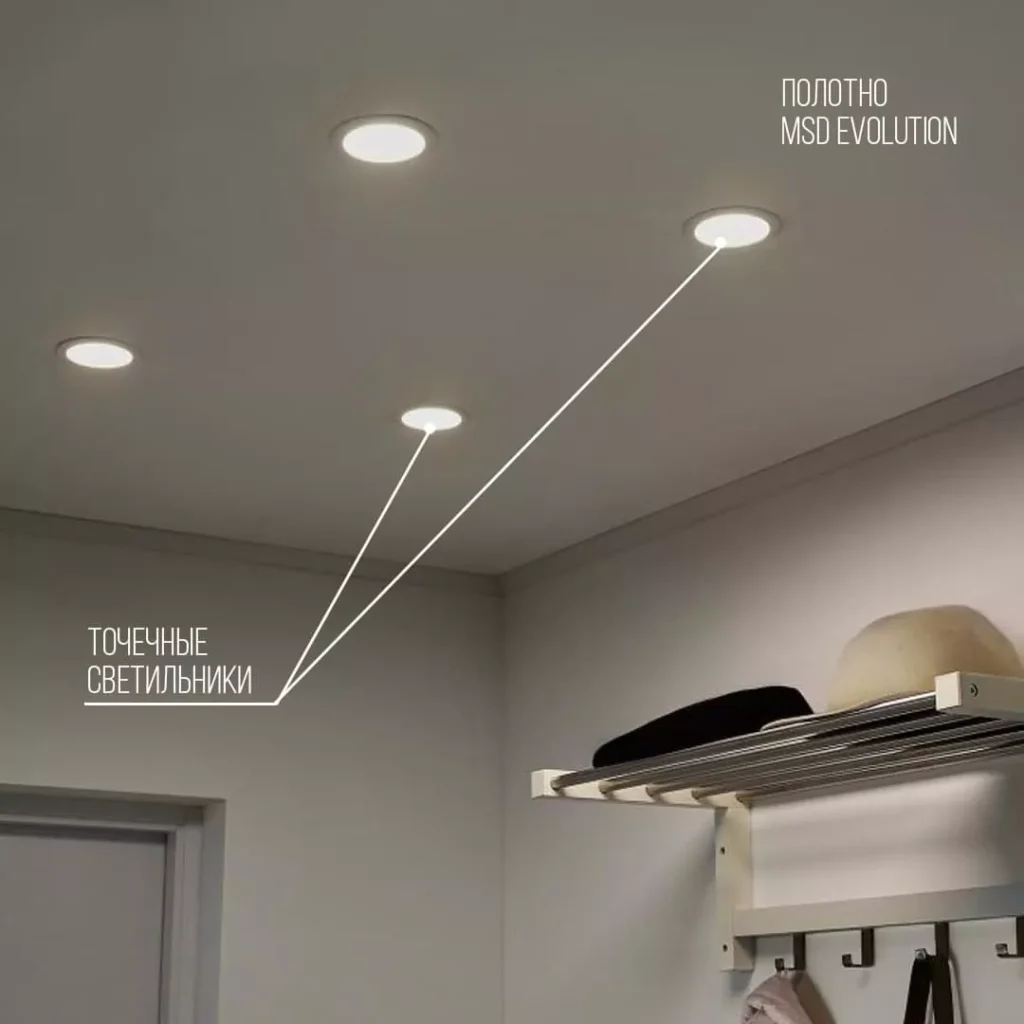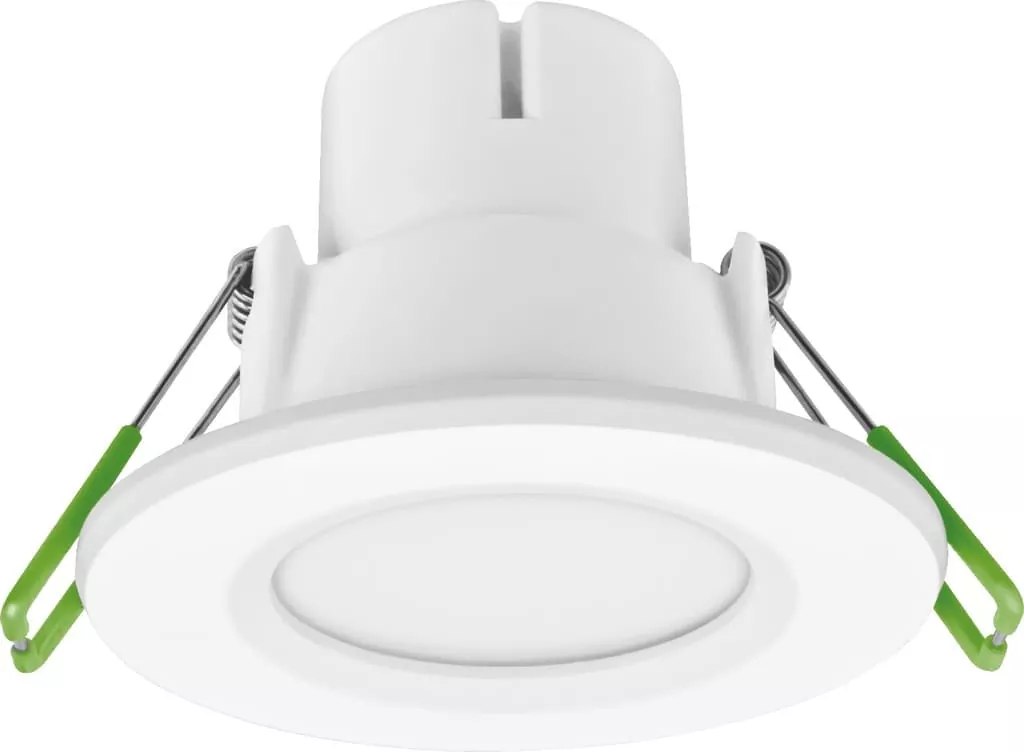sofa wall

Should downlights or spotlights be used on the sofa? This is a contentious issue. It seems like the biggest problem of the century.
Downlights are often recommended for reading newspapers and books on the couch (no). They provide a uniform light that is not “dazzling”.
Some say you can’t use downlights–the light spots on the wall are too ugly.
Some say to using spotlights – the spotlights are beautiful, I want to wash the walls, I want to take pictures with it.
Many people claim that spotlights are dangerous to use because they are too bright and you will get injured instantly if you lie down.
…………
They all seem to have their own reasons, and there is no right or wrong.
Then we start from the actual application to see which lamp is more suitable for you. This is only a discussion tool and not a decoration.
Let’s take a look at the conventional ways to decorate the ceiling in the living room:
- Side ceiling/return ceiling
- Hoist the whole ceiling
Let’s use the standard size to illustrate.
Only look at the distance without looking at the light, only look at the distance without looking at the light,
The normal opening will be on the center line of the side hanging, that is, the distance between the lamp position and the wall is about 20cm.
At this distance, just from the perspective of light effect
Below is a picture of a downlight that has a floodlight source with 100+ degV
Typical balloon light spots, if you think you can accept this effect, you can install it with confidence (don’t laugh yet… your home decoration will be the same).
Large-angle downlights also make up the basis of floodlights. Why do you need ceiling lights, light strips, and other basic lighting in your living area? What is it for?
What if we switch to a downlight with another beam angle?
The picture below is the effect of 58deg downlightV
Use it if the effect improves instantly. The problem has been solved. It’s so exciting…
Don’t rush…
Let’s first take a look at the common practices of this type of downlightV
The lamp cup is a bright reflective cup with a relatively high reflectivity, so the light utilization rate will be much higher.
This is a picture of the actual testV
- There is virtually no glare when a person looks at the lamp from a distance greater than point A, at 230cm horizontally. This is very good.
- It is an unacceptable glare when a person at point B looks up at a lamp that is 100cm horizontally away.
- The glare increases as a person looks upwards at the lamp while moving from A to B.
The glare can be tolerated by looking straight ahead or raising your head slightly, even if you are close to or within point B.
The bright reflector on the downlight is the main culprit of the glare that you see when you look up at the lamp from a distance.
Remember that our sofas are 20cm or more thick. It can be understood that when we lean on the sofa, the lamp is basically directly above us, which means that we are completely exposed to unacceptable glare.
Once again, I am disappointed.
Is there no solution to the problem of downlights? Is it true that light patterns and glare are incompatible?
There is really no solution. There is no solution. The only way to decide is to choose the aspect that you prefer, like the “full spectrum downlight” below at 58deg.
Since you’ve already seen the pattern, I will post another image.
There is no connection between photography and downlights. Let’s compare spotlights at the same distance.
If you want to install downlights, have you thought about it?
……………………….
Continue to look into the spotlight
Does it work better than downlights or not? Are you jealous?
If you like it this way, then you are too easily satisfied.
Anyone with a little knowledge can see that the central beam of the spotlight has long exceeded the frame of the painting, forming an extra strong light on the wall, which is visually very awkward.
Try another type of light.
The picture below is 30cm away from the wall
It feels better to look at it, so I know it.
Give me a referenceV
Usually:
Optical with lenses within point B,
Reflective cups are available from B-A.
It will make the effect better. I will not explain it further, as it would take another two thousand more words.
Give 3 recommendations (low budget)
If you use spotlights at point C and choose Philips Pinying, the effect will be slightly better.
Don’t understand?
Save the answers below and read them slowly
How many watts does a living room downlight cost? Which brand is the most cost-effective one?
The problem of taking photos is solved by using spotlights behind the couch. Glare is also a weakness, but using a lens type and placing the angle slightly closer to the wall will alleviate it.
…………
Large flat top
Here is a paradise for downlights and spotlights
See the same picture
- Basic lighting is provided by Light Strip 1.
- Light strip 4 creates atmosphere and cabinet fill-in light
- Light strip 4 for Ambient Lighting
- Spotlight 2 function sofa wall
- Spotlight 3 functions as coffee table fill light
- Spotlight 6 living room atrium fill light
……………..
TV Wall
It is important to consider the viewing experience when arranging the lamps on your TV wall (hidden light strips are more effective).
- The atmosphere of the ceiling can be used to conceal the light source.
- You can also use ceiling downlights/spotlights
- Installing hidden light strips can be done on the TV wall. In Guanyin mode, there is no need for too bright lights. Hidden light source allows for 4-6W/M to be sufficient.
Downlights and Spotlights: Their advantages and disadvantages
I have mentioned many times in previous articles that if you must use downlights/spotlights on the TV wall, you should avoid the TV to avoid the bad experience of reflection from the TV screen.
The lighting is usually arranged in this way:
- Install spotlights
If you arrange the lamps in this way, as long as you turn on the lights, no matter whether you turn on the TV or not, there will be obvious glare.
- Install downlights
Due to the limitations of the side hangings, it is possible that the balloon spots will appear on the wall. This is a very ugly thing.
The central beam of a spotlight will be very strong. There will be different degrees of interference.
A reference lighting installation method given before is as shown below:
This method is not only feasible, but also has its own disadvantages.
You can avoid the glare from the lamp if you stare directly at the television (line of vision 1).
This method is not successful because the position in which we watch television will not be fixed (sightline 2) all of the time.
The experience will be compromised if the distance between the lights is too short.
Just like the picture below:
So, we should think about some questions, why should we arrange spotlights and downlights on the TV wall?
- Is it because it looks good?
- Is it because of coordination?
- Is it because others do this that we must do the same?
- What is the primary function of the lamps placed on the TV wall, we should ask ourselves?
I believe everyone has their own answer, but it is nothing more than:
Layer the space
Can have more atmosphere
Create ambient lighting for movie viewing
Does it still make sense to arrange the lights in this way if they have “side effects”?
2-2. Which solution is the most reliable?
There are many ways to achieve the above scenes, and it is not necessarily necessary to use spotlights, such as using light strips.
I made a few sketches of simulations (they are a little rough but you can still read them to understand what they mean).
Example 1:
The TV wall in the picture above uses three strips of light.
Light Strip 1: This light strip can be used with the lamps on the ceiling for the main lighting.
Light Strip 2: This method of wall cleaning will be uniform, the lighting will be softer and it won’t interfere with watching television.
Light strip 3: Low-brightness light strips are use-d for low-level lighting, which instantly enhances the atmosphere and level of the space.
You can also choose light strips with adjustable brightness to suit your needs and meet the lighting requirements of different scenes.
Example 2:
The combination of a vertical light strip and slightly brighter ceiling lights will give you the impression that your floor is getting higher, which reduces the feeling of depression.
It can be the perfect way to add light to your movie without interfering with the viewing experience.
Example 3:
Of course, you can also make horizontal light troughs. The principle is the same and it depends on your actual situation and personal preferences.
I believe that this kind of light experience is far better than using spotlights to wash the wall roughly.




